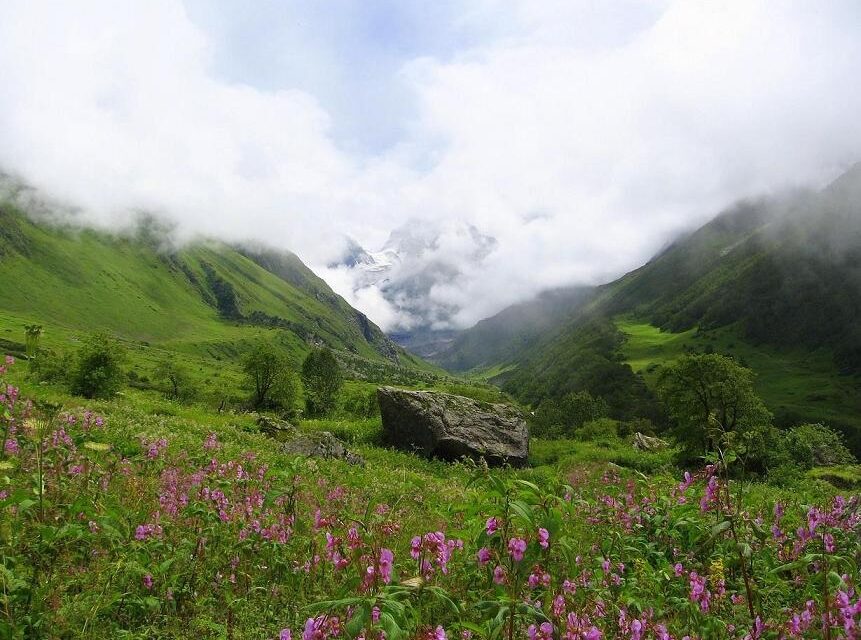The climate of India is as diverse as its landscapes and cultures, ranging from tropical in the south to temperate in the north. India experiences three primary seasons: summer, monsoon, and winter, each varying in intensity and duration depending on the region. The summer months, from March to June, are characterized by scorching temperatures, particularly in the central and northern parts of the country, with temperatures often exceeding 40°C (104°F).
The monsoon season, from June to September, brings relief from the heat as heavy rains sweep across the country, replenishing rivers, lakes, and reservoirs and providing vital water for agriculture. However, the monsoon can also bring destructive floods and landslides, especially in regions with inadequate infrastructure.
The winter months, from November to February, see cooler temperatures, particularly in the northern plains and hill stations, with some areas experiencing frost and even snowfall in the Himalayan regions. Overall, India’s climate is influenced by a complex interplay of factors, including its geography, topography, and proximity to the ocean, resulting in a rich tapestry of climates and weather patterns across the country.
The worksheet covers the following topics-
Weather and Climate
Winter- western disturbances
Summer- loo, dust storms
Monsoon- monsoon winds,

















